After getting your teeth thoroughly cleaned, are you curious about the gaps that are still present? You’re not by yourself. Numerous people encounter this occurrence and look for explanations for why it occurs and if it’s typical. We’ll explore the subject of “gaps in teeth after deep cleaning” in this blog post, explaining their causes and outlining what to expect. Scaling and root planing, another name for deep cleaning, is an essential dental treatment for gum disease and overall oral health.
What are Gaps in Teeth?
The spaces between teeth are referred to as diastemas, or gaps between teeth. Natural gaps in teeth can result from misalignment, variations in jaw size, or tooth size discrepancies. Sometimes dental alignment issues, like gum disease or thumb sucking, result in gaps between teeth. Gaps can vary in size and position, and in order to fill the areas and enhance the appearance of the smile overall, orthodontic procedures like braces or dental bonding may be necessary.
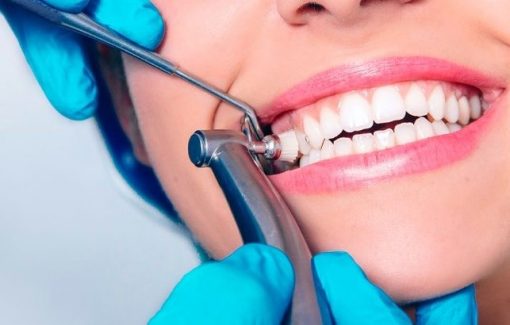
What Causes Gaps in Teeth After Deep Cleaning?
Deep cleaning, sometimes referred to as scaling and root planing, clears the teeth and gum line of plaque and tartar accumulation. This may result in a brief void because the area where the plaque once stood is now clear.
Deep cleaning may occasionally make pre-existing gum recession worse. There may be gaps or voids between teeth as the gums recede.
If there is a substantial amount of plaque and tartar buildup, deep cleaning may result in a modest amount of tooth mobility. Because of this movement, teeth may become separated.
Deep cleaning may uncover underlying bone loss in situations of advanced periodontal disease. Teeth may consequently seem crowded or have spaces between them.
How to Prevent Gaps in Teeth After Deep Cleaning
See Dr. Chirag Chamria on a regular basis for examinations and cleanings. Prompt deep cleanings and early identification of gum disease can stop substantial plaque accumulation before it causes gaps in teeth. To get rid of plaque and stop the formation of tartar, floss every day and brush your teeth at least twice a day.
Use the mouthwash and toothpaste with fluoride that your dentist has prescribed. Smoking raises the risk of bone loss and gum disease, which can result in tooth gaps. Giving up smoking has a major positive impact on oral health. To maintain healthy teeth and gums, eat a diet rich in fruits, vegetables, and calcium.
Steer clear of acidic and sugary foods since they might exacerbate plaque development. As instructed by Dr. Chamria, use dental products, including mouthwash, floss, and toothbrushes. To prevent gum and tooth damage, refrain from using hard brushing or flossing techniques.
If you have bruxism or the grinding down of your teeth, ask your dentist about using a sleep guard to shield your teeth from wear and tear as well as gaps caused by eroding enamel. Follow Dr. Chamria’s instructions for oral hygiene following a deep cleaning, including using any recommended mouth rinses or prescription drugs.
How to Treat Gaps in Teeth After Deep Cleaning
After rigorous cleaning, Dr. Chirag Chamria treats gaps in teeth using a comprehensive method. To determine the underlying reason for the gaps, which may include problems like gum disease or misaligned teeth, a comprehensive examination is the initial stage in the process. A customized treatment plan is created based on the diagnosis; this plan may include veneers, orthodontic treatments, or tooth bonding.
In order to avoid problems down the road and maintain long-term oral health, Dr. Chamria stresses the value of keeping proper oral hygiene and scheduling routine dental examinations. After comprehensive cleaning, gaps in teeth can be effectively addressed at Royal Dental Clinics with a mix of professional knowledge and patient-centered care.
Tips for Living with Gaps in Teeth
- Use mouthwash, floss regularly, and brush your teeth at least twice a day to practice good oral hygiene. This aids in preventing decay and gum disease, which can exacerbate the gaps.
- See Dr. Chamria on a regular basis for examinations and cleanings. They are able to keep an eye on the gaps and suggest any necessary fixes or modifications.
- To progressively close the gaps, look into orthodontic solutions like braces or clear aligners. To ascertain which course of treatment is best for your particular circumstances, speak with an orthodontist.
- If you want to make the gaps look better cosmetically, think about veneers or dental bonding. These treatments can improve your smile in a way that seems natural.
Conclusion
In summary, gaps in teeth following deep cleaning are frequently transient and a result of the body’s natural healing process. It’s critical to practice proper oral hygiene and abide by your dentist’s post-cleaning care recommendations. Dr. Chirag Chamria stresses the value of routine dental examinations in order to track oral health and quickly address any issues. Recall that maintaining good oral hygiene is essential to maintaining both your smile and general health. See a reputable dentist for individualised advice and treatment if you have any dental problems or recurring gaps in your teeth.
© All rights reserved by Royal Dental Implants Pvt Ltd
Issued in public interest

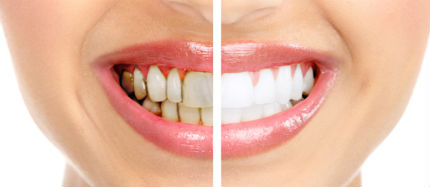


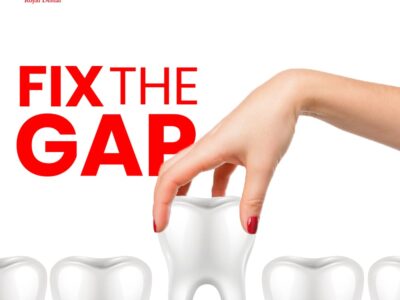
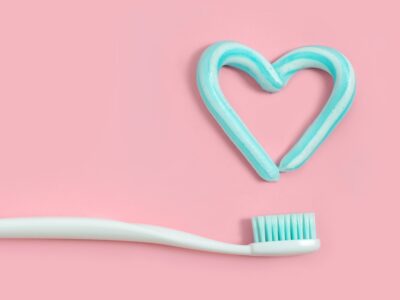
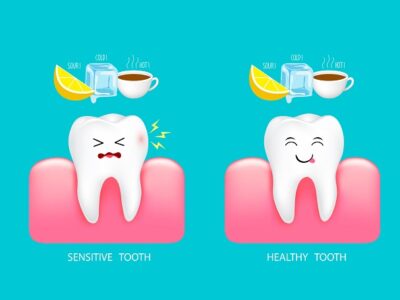
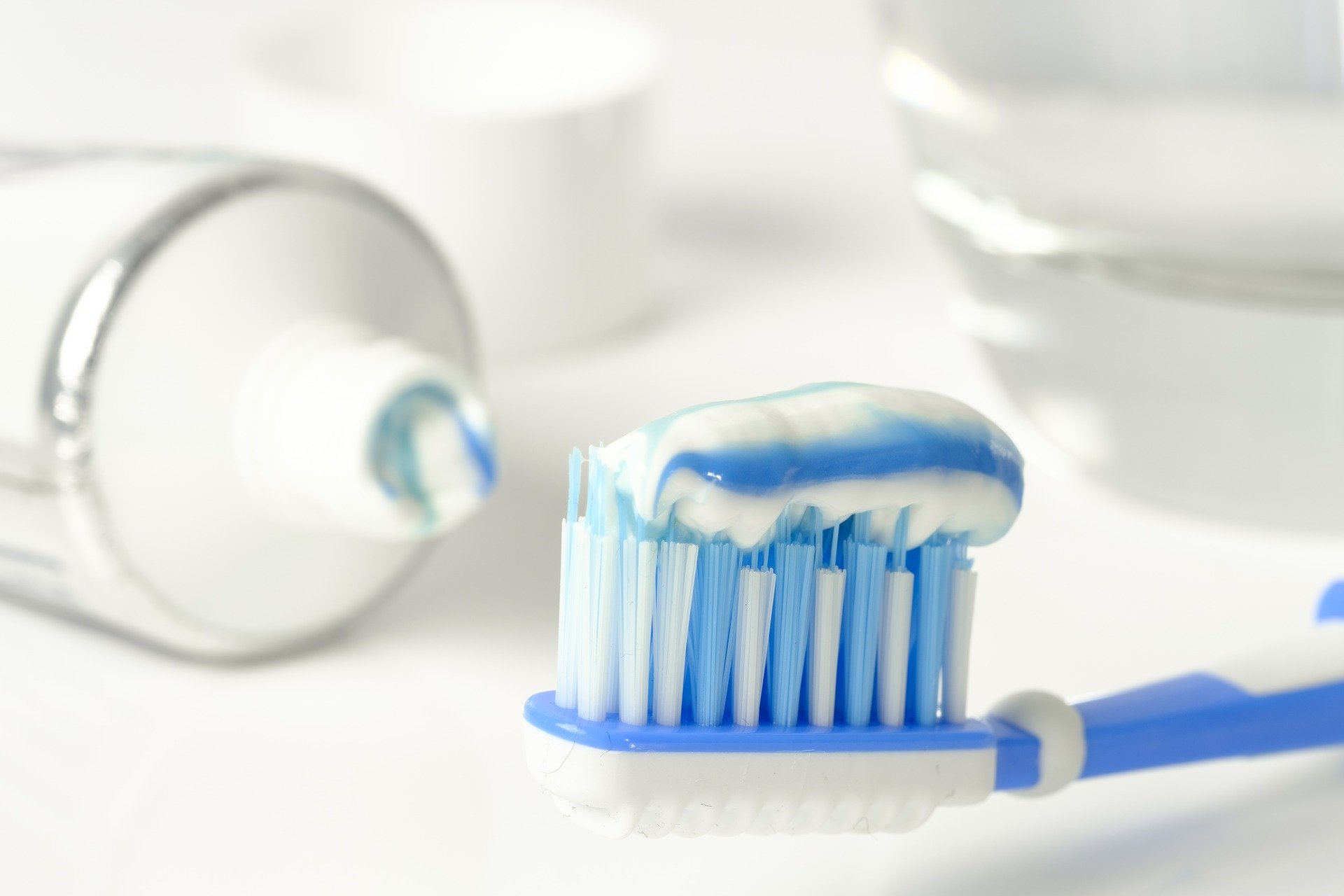


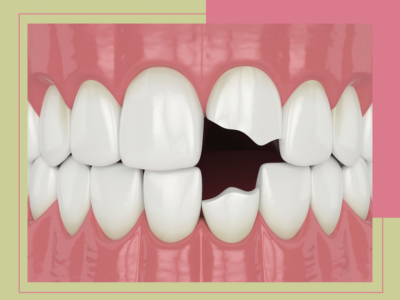
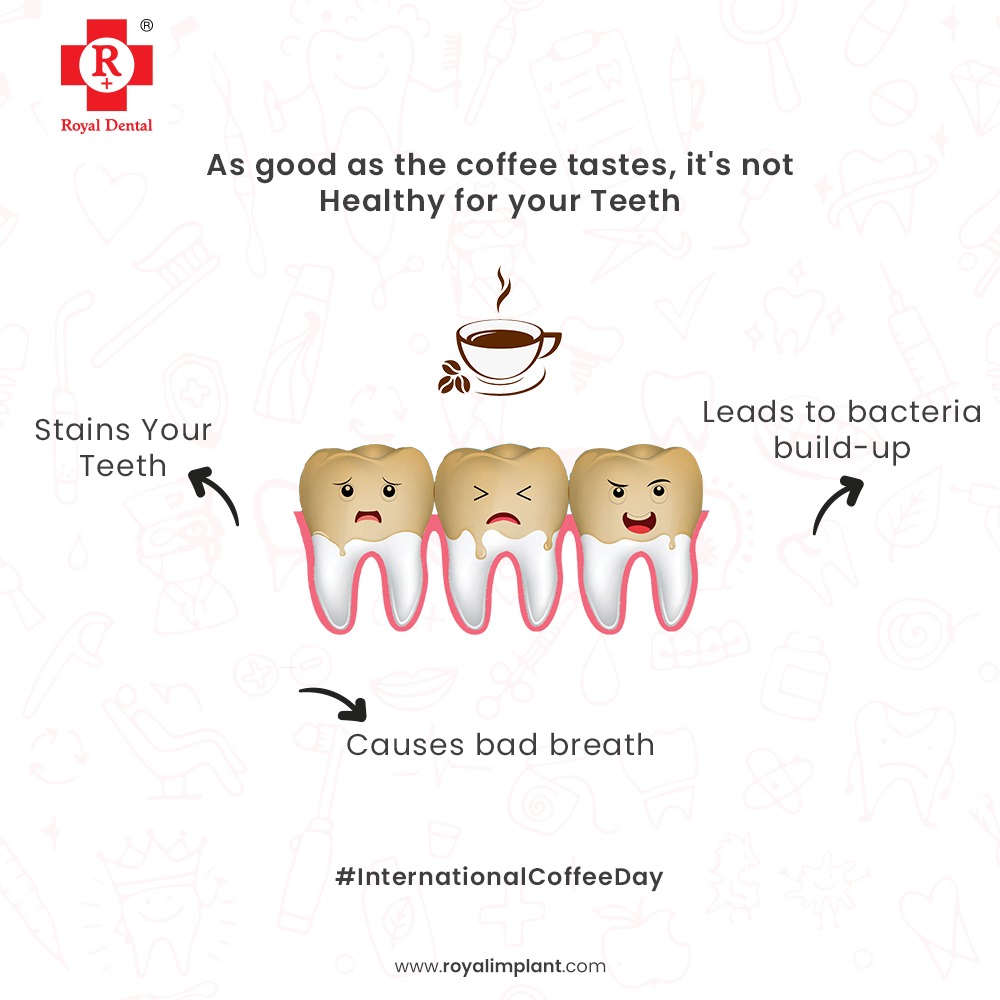
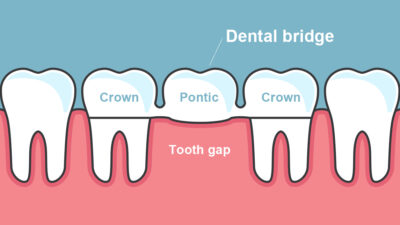

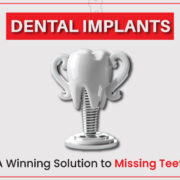

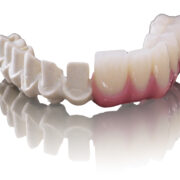

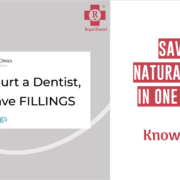
Royal Dental Clinics, Mumbai, we have separate waiting rooms, resting areas, consulting rooms and treatment rooms for every patient. Utmost care and comfort provided to patients and relatives by every staff keeping in mind the safety.